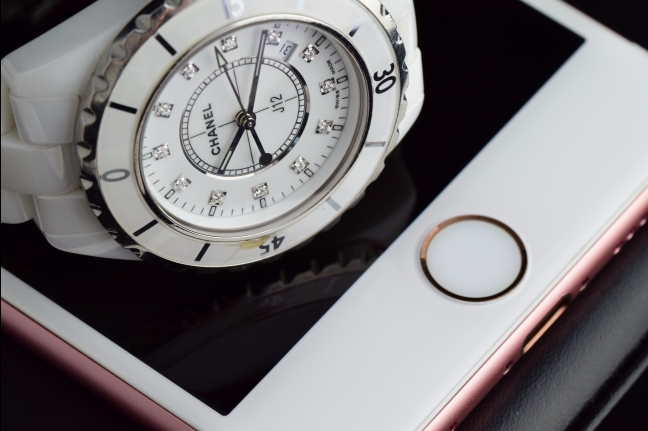Time. A man made phenomenon. A method of quantifying Earth’s rotation as it turns on its axis. A tool used to condense the orbital trip of our planet around our star, The Sun, into 365 days, 366 days every fourth year.
From as early as 1500 BC (with the Ancient Egyptians) all the way through to the present day we, as a race, have been fascinated with the idea of time. The passing of it and ways to measure and master the resource that can found both in such abundance and also such scarcity at different points in our lives.
One nation has taken on the responsibility to pioneer the exploration into horology via the medium of watch making, the Swiss. From as early as the 1700’s brands that still trade to this day, namely Vacheron Constantin and Blancpain, have been synonymous with time keeping. As the years have progressed many others have joined the continuous search for even more accurate measuring of time, giving rise to now iconic brands like Rolex and Omega.
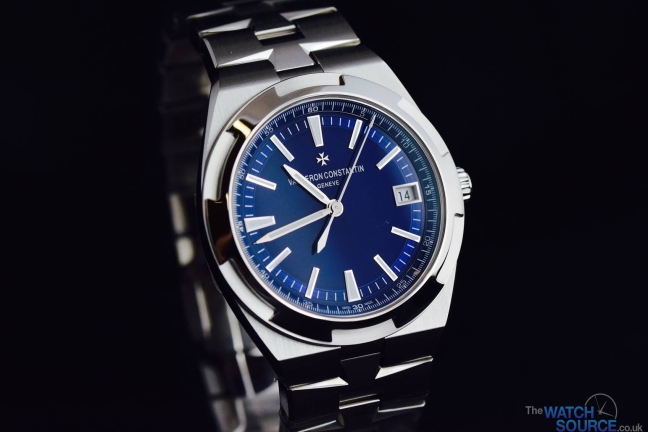
Whilst the Swiss have long been establishing themselves at the forefront of time keeping excellence across the world, many will question if extravagant materials and complex movements are necessary or whether it really is just an expensive way to tell the time.
Yes, it’s just an expensive way.
The rise of quartz watches
The Swiss watch industry has many critics and many sceptics. Not in terms of quality and craftsmanship, but in terms of necessity.
For much of the early 1900’s all the way up to the Second World War the Swiss held a monopoly over the worldwide watch industry. They were able to produce accurately reliable mechanical watches for all markets. However after the events of WWII, many of the Swiss brands suffered, as people around the world suffered from poverty and lack of wealth to be able to buy such goods.
The following few decades compounded misery on the Swiss brands, notably during the ‘Quartz Crisis’ of the 1970’s/80’s. During this time, many manufacturer’s around the world, mostly in cheaper parts of the world such as Eastern Asia, began to develop watches that were no longer mechanical but battery powered.
This was revolutionary. Digital watches that could tell them time more accurately then mechanical watches, for a fraction of the price. This lead to a large decline in the Swiss watch industry, pushing many companies into near bankruptcy and almost forcing them to adopt the quartz movement into the way they made their watches.

Quartz and digital watches began to dominate the watch market for much of the late 1900’s and are still very popular to this day. According to a report by the finance company Deloitte: “Exports of Swiss wristwatches reached a new record of CHF 21 billion in 2014, 1.8% more than in 2013 and after two years of decline attributable mainly to quartz watches”.
This excerpt shows the popularity of quartz watches in the present day and that people are opting to go for the cheaper and reliable alternative to time keeping instead of the more extravagant, expensive Swiss counterparts, as many people will question “if i can get a £100 watch that tells the same time as a £1000 watch, what is the point?”. I think that this attitude is one of the main arguments against Swiss time pieces because when everything is stripped back, the ability to tell the time isn’t made any different by the carat of gold used or the number of diamonds in the bezel or complications the watch features.
Smart products-The need for convenience
A more modern argument supporting the statement that Swiss watches are just an expensive way to tell the time, is the rise of smart products. Smartphones, smartwatches and tablets have grown exponentially in their popularity and use in daily lives, with the smartwatch market growing by 82% in 2014, from $711 million to $1.3 billion.
In North America, the average selling price of a smartphone has increased from $531 in 2013 to $567 in 2017. Now, i am certain that if you were to shop around and maybe barter a little bit on the price, you could get yourself a fairly respectable time piece for a similar price tag. Yet more people are willing to fork out for a smart device then a watch. Why so? Because of the convenience.
A strong conversation is often had between myself and my father, it goes along the lines of:
Me: “Dad you should really get a nice watch”
Dad: “Why do i need one when i have a phone? *pulls phone from pocket and balances it on his wrist where a watch would be*
Me: “It ensures you get to places on time and creates a standard of behaviour. I think you should buy a watch before you replace your car”
Dad: ” Ensures i get to places on time? I will have to say to my boss ‘Sorry i am late i have just spent all my money on this watch instead of a car and have had to walk to work'”
I think this attitude is quite synoptic of the attitude in society now days. The way that life has become means that everyone has to live at a face pace and as such needs equipment and technology that can keep up with.
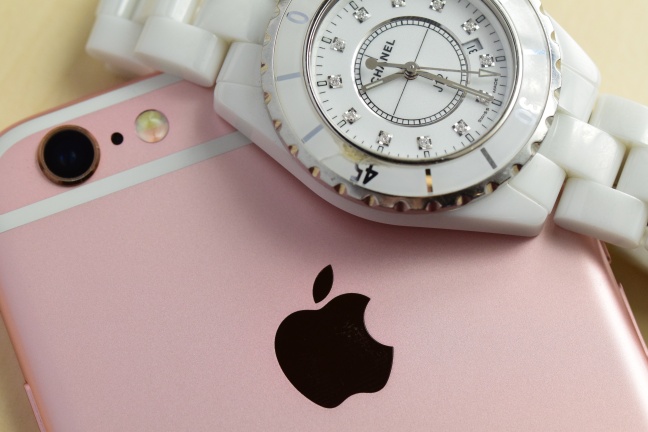
The rise in smart technology has enabled the average person to make calls, receive emails, check the time across multiple time zones and play games all in the convenience of a hand held device, and lets be honest the list of capabilities is endless. If one device can do everything why would you need anything else? It could be said that a significant number of smart product users are replacing tradition with convenience, obsoleting Swiss watches from their lives.
They do so much more than just tell time!
There are still many people that revel in their collections of Swiss time pieces and will argue the relevance of them with every sinew of their being. Many counter arguments can be debated that give explanations as to why people still consider and still buy these luxury watches.
Identifying with history and showing status
Swiss watch brands have almost been around for as long as time itself. Well not quite, but a significant number of the brands have a long history spanning over hundreds of years. This perpetual existence has allowed brands such as Audemars Piguet, Patek Philippe and Jaeger LeCoultre to build a rich history as well as impressive portfolios of associates, ambassadors and events that they have worked with.
People like history. People like belonging. When purchasing a timepiece from an elite Swiss brand that is exactly what you get. You get to purchase your own piece of history. Not just a history in the advancement and progression of precision watch making but also in iconic events in the lives of the watch brands as well as civilisation as a whole. This is perfectly exemplified in the Rolex Daytona. A watch named after the legendary relationship between the brand and the raceway. Purchasing a Daytona allows an individual to be a continuation of the Rolex history as well as belong to the memorable events that have taken place at the Daytona speedway.
Rolex are a great general example when talking about identity. They are the arguable the biggest watch brand in the world and maybe even one of the biggest brands in the world. Through clever branding and advertisement they have pitched themselves as the ultimate watch. This claim is strengthened when you see the likes of Roger Federer and James Cameron sporting the time pieces as well as the highly identifiable Rolex crown supporting so many events such as Wimbledon, The Open and Formula 1.
Of course Rolex aren’t the only brand that cleverly market themselves and wisely choose their ambassadors, almost every Swiss brand does. Tag Heuer with the likes of Manchester United and NFL legend Tom Brady. Hublot with Pele and Usain Bolt, legends in their respective sports of Football and Athletics. Omega with actors George Clooney and Eddie Redmayne. Discussing just a few of the Swiss brands begins to paint a very clear picture as to why people want to invest in these watches. They want the association and belonging that links them with their idols and heritage of their hobbies.
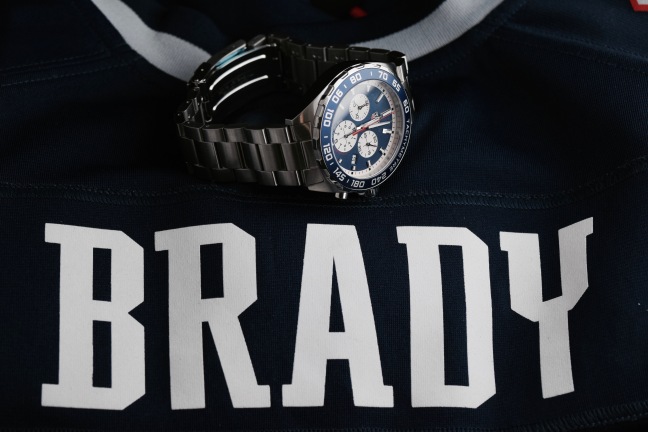
Investments in family heirlooms
Invest. To put money into financial schemes, shares, property, or a commercial venture with the expectation of achieving a profit. Investing is often a phrase used to describe the purchase of a luxury Swiss timepiece. Many people often look to obtain a watch with the impressions that it will gain value, whether that be financial or sentimental.
Around 1 year ago a video went viral. This video was of an ex US soldier who had bought a Rolex GMT watch during his service in Germany in 1960, paying $120 for the item. His salary in the army being just under $100 a month. He then brings this watch to an auction in 2016 where he is then quoted an estimate of between $65,000-$75,000. Quite the investment! This is a trend that is still continuing with Rolex watches to this day, not quite to the same extreme however. Submariner and Dayonta models of the Swiss powerhouse are fetching premiums thousands of pounds above their retail price.
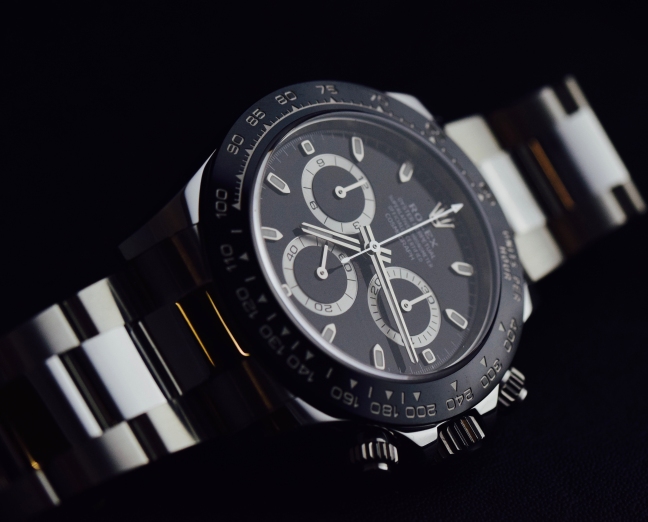
People are willing to part with significant of money for the promise of seeing some handsome returns, which when you think about it doesn’t seem like such a bad idea.
Sentimentality can mean more to people then any amount of money does pushing people to fork out great deals of money for luxury watches. Goods that are made to such high a standard that they can work for a duration that is as infinite as time itself. Products that can surpass the life of one owner and can be passed down onto a new one.
The ceremonious passing of a watch from generation to generation adds a deepening of the connection between both the wearer and the time piece but also the persons it is being passed between. For some people, being able to hold on to memories of loved ones or being able to implement items that were used by people of significance in their lives, is worth more than anything.
Not only does the purchasing and passing down of a watch show an appreciation and respect for the complex mechanical nature of the object, it shows an appreciation for the time that family and friends can spend together. It shows a greater respect and appreciation for what the passing generation has done. Caring for and maintaining a watch as a heirloom is a way of honouring such things, and what a way to do it.
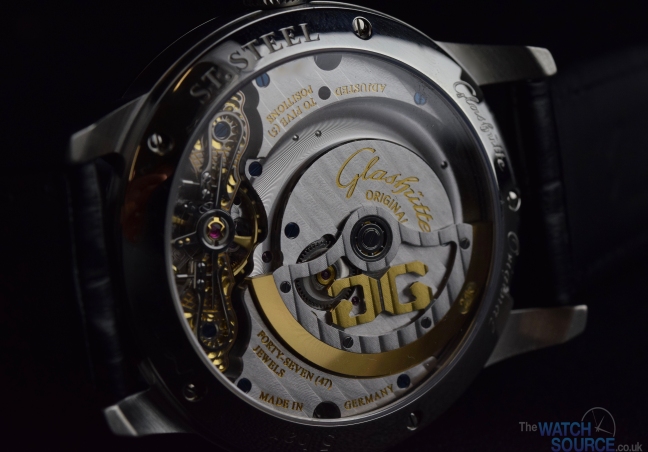
This whole argument is so succinctly expressed by watching making great Patek Philippe who proudly proclaim “you never actually own a Patek Philippe. You merely look after it for the next generation.”
So are they worth it?
The debate will continue to roar on with both sides tossing up points which generate plausible arguments about the need to buy a luxury Swiss watch, and is not going to end any time soon.
For many they will continue to seem an unnecessary expense for something whose job can so easily be done by other, significantly cheaper alternatives. Whether that be cheap fashion watches, digital watches or multi-functional smart products.
However, for so many, a luxury watch is just so much more. It is something to work towards. Something to reward something with. Something that creates associations and belongings. Something that creates ties amongst distant relatives or friends. Something that can be used, cared for and cherished for years and years after purchase. When you look beyond the material side of the watch and gaze, almost as if you were looking into the spiritual or emotional side of it, it is almost hard to see why you wouldn’t buy one.
It is this that we believe needs to be championed. How something so small and seemingly inconspicuous can cause such great feeling. Here at The Watch Source that is definitely something we look to celebrate as we endeavour to offer the latest and best that Switzerland has to offer, at prices that are more affordable so that anyone can enjoy the sensation of a Swiss luxury timepiece.

